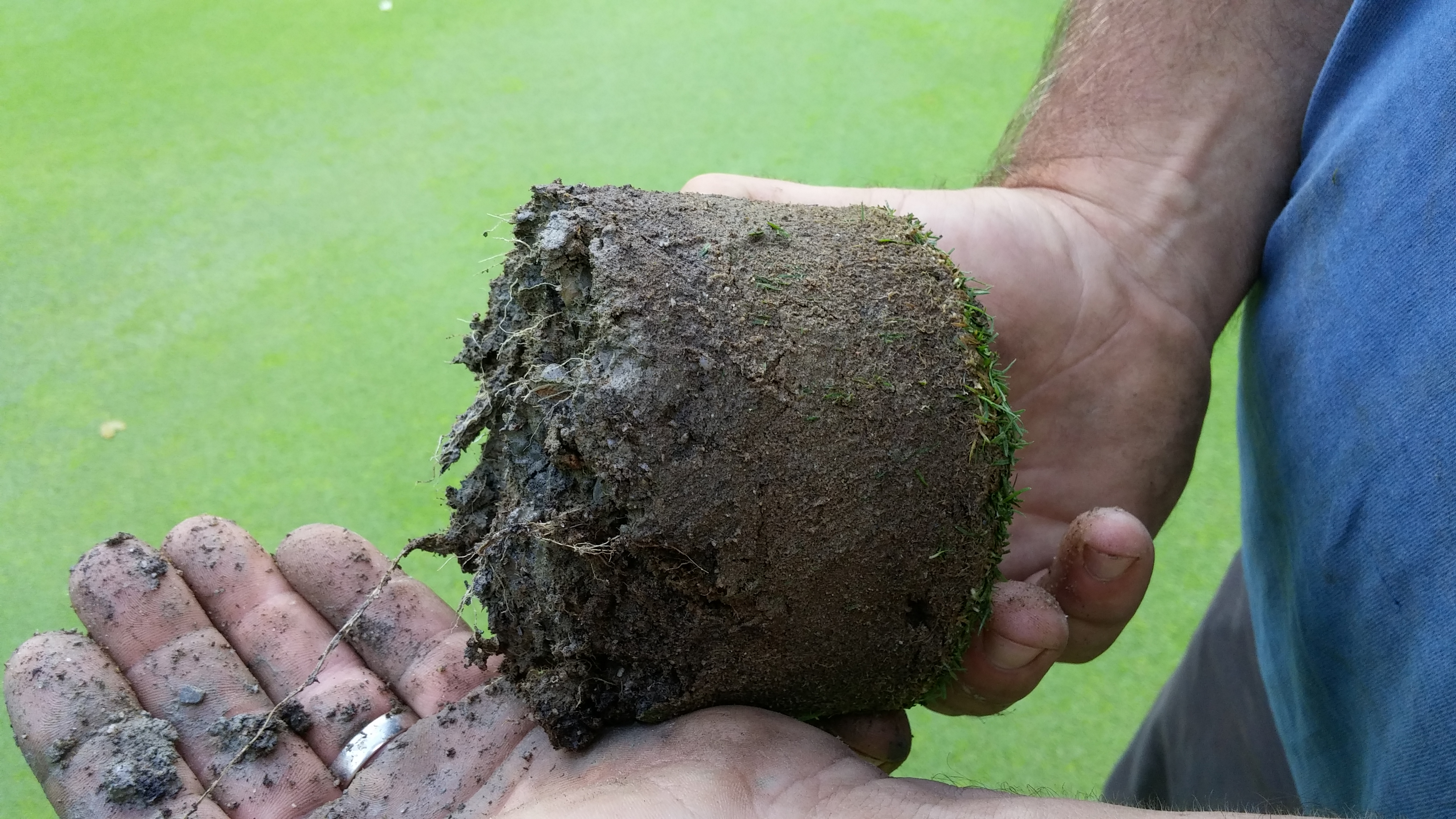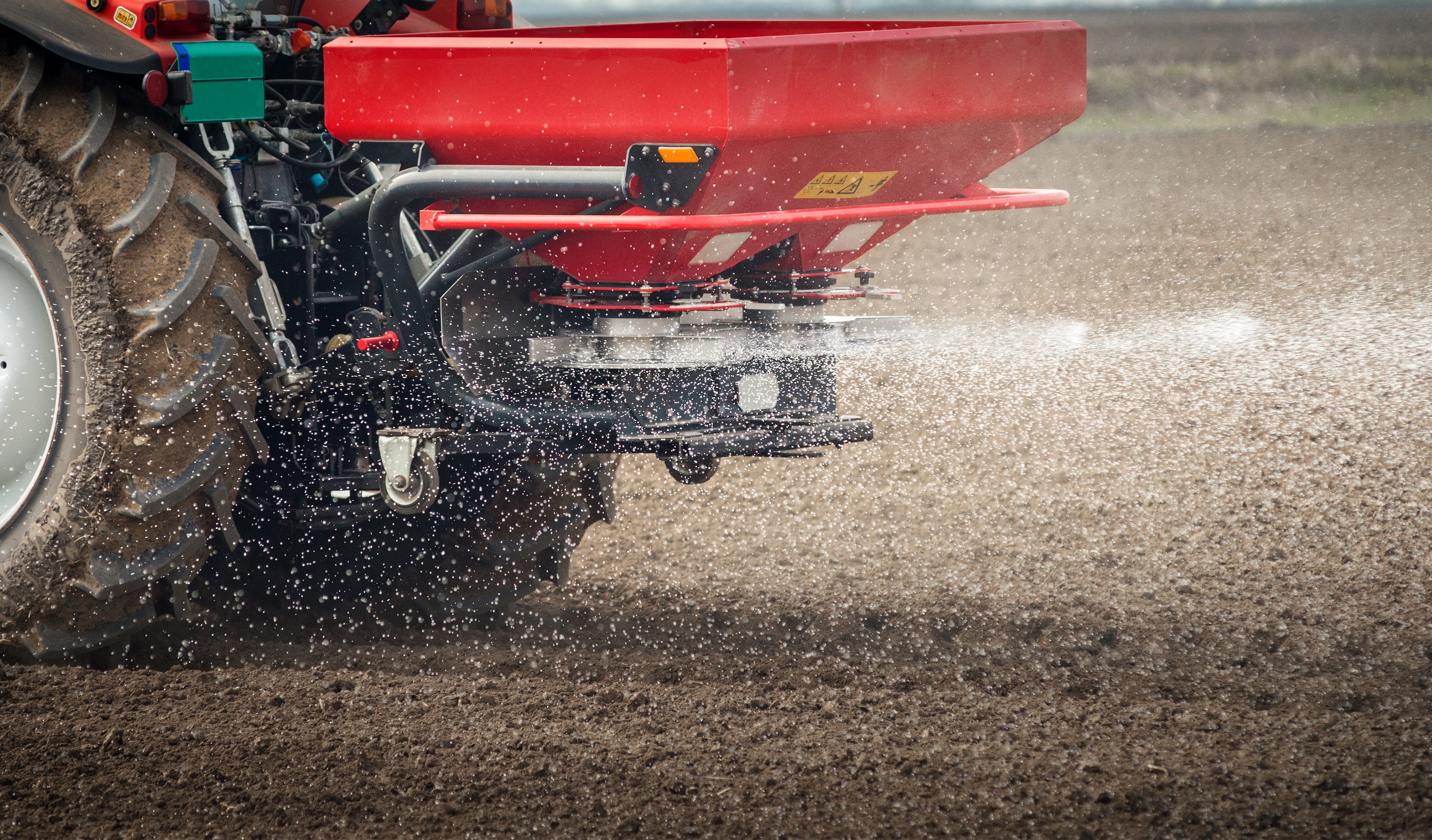The Science Behind Holganix:
Water, Water, Where?

"There's an old tale about a giant with a leaky faucet. In his home, the tale goes, the giant's faucet has a terrible leak. Night after night, the leak drips and drips. And since its only one drop at a time the giant thinks nothing of it. ‘Why, that's just one drop,’ the giant says, ‘and there are many rivers, lakes and oceans.’
Soon however, that one drop becomes many and the giant's home begins to fill with water. In a few short weeks, the water rises so high that the giant begins to fear that he might drown, so, in panic, he opens his huge front door and out gushes all the water. Only then, drenched from head to toe, and hearing his leaky faucet dripping, does the giant finally realize what he's lost."
- Irrigation and Green Magazine
Old wives’ tale or not, it's important that those of us in the turf industry - no matter if you are a lawn care operator or superintendent - heed the giant's warning. Minimizing our use of water is a tough thing to consider. After all, our jobs are on the line and we have a duty to our clients and constituents to keep the turf and plants looking their best. And yet, if we don't start paying attention to the water issue, it might just creep up when we aren't paying attention.
Although it may not seem like buried treasure, water, nicknamed by economists as “blue gold,” could be a big barrier for turf professionals over the next 50 years. In the May issue of Fortune Magazine, journalist Brian Dumaine forewarns businesses that water is a key concern for all of our industries but especially agriculture and related industries (including the golf and lawn care industries).
According to PepsiCo CEO, Indra Nooyi, “The world water crisis is one of the most pressing challenges of our age.” The U.S. population is currently at 317 million and is expected to grow to 439 million by 2050 according to the U.S. Census Bureau. At the same time, fresh water is dwindling. According to Fortune Magazine, “In the 1950s the country had 50,000 rivers. Since then, industry and agriculture have siphoned off so much water that only 23,000 remain.” Furthermore, San Diego is currently living through “one of the worst droughts in 1,200 years and now has to import 90% of its water,” says Fortune Magazine. Texas is faced with similar problems; 95% of the state’s counties were designated disaster areas in April due to the scarcity of water.
What does that mean for golf?
For the golf course industry, water consumption is expected to be severely limited by government regulations, says Superintendent Magazine. Today in Georgia, regulations are already kicking in. A Georgia planning committee has allocated 0% increase of water use for all golf courses through 2050. “So,” says Superintendent Magazine, “if 20 new golf courses open between now and that time, the state’s current courses will have to share that water allotment with the new courses.” Ultimately, it’s going to push superintendents to start storing water. By 2050, “golf courses will only be able to use the water they can store,” says Mark Esoda, superintendent of Atlanta Country Club in Marietta, GA.
Superintendent Magazine had these suggestions to make in order to boost sustainability:
1. Try using native plants. Native plants require less watering, fertilizers and pesticides to maintain.
2. Use sensor technology, as prices for the technology drop and the user experience becomes easier. “Sprinkler heads,” states Jeff Carlson, superintendent of Vineyard Golf Club in Massachusetts, “will be a thing of the past!”
3. Incorporate bionutritional products. For example, Holganix (a bionutritional plant product) contains natural ingredients that help support root growth, ultimately improving the plant’s nutrient and moisture uptake as well as bolster the plant’s ability to withstand drought. Organic wetting agents contained within Holganix also play a role. “I think we’re just at the start of this revolution,” says Carlson of bionutritional technology.
What does that mean for lawn care?
For lawn care companies, the water issue is affecting the way we design, manage and nurture landscapes. "Many areas are offering incentives," says Warren S. Gorowitze, Vice President of Sustainability at Ewing Irrigation and Turf Products. Those incentives are in relation to sustainable design and upgrading irrigation equipment. Other states are limiting the amount of water lawn care professionals and homeowners can utilize to maintain properties, especially when it comes to drought-like conditions.
Irrigation and Green Magazine had these suggestions to make in order to boost sustainability:
1. Implement rainwater harvesting.
2. Switch properties to drip irrigation. Switching often has a negligible cost involved.
3. Add growth regulators. With less growth, the plant requires less water.
Regardless of your profession within the turf industry, conserving water is becoming a heated topic. "And remember, as the giant showed us," says Irrigation and Green Magazine, "If you fail to recognize what you have, one drop can soon become many. So why not test the waters?"
Sources:
Superintendent Magazine:
http://www.superintendentmagazine.com/article-10659.aspx
Irrigation and Green Industry Magazine:
http://www.igin.com/article-4195-start_smart_irrigation_month_with_water_conservation.html
Fortune Magazine: Abbreviated article: http://fortune.com/2014/07/25/the-shortest-distance-between-two-points-at-ups-its-complicated/
See may issue of Fortune for full article.

 |
July 31, 2014
|
3:06 PM
|
July 31, 2014
|
3:06 PM





-1.jpg)
-1.jpg)
-1.jpg)
.jpg)

.jpg)
.webp)
-1%20(1).webp)
-831535-2.webp)





